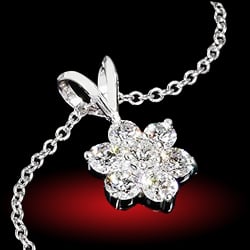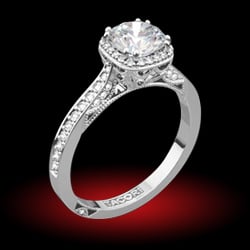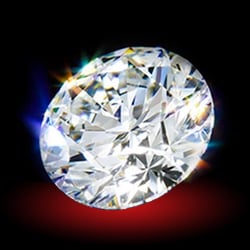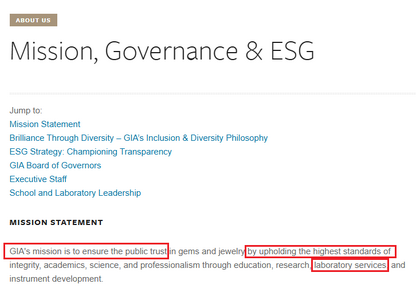- Joined
- Jul 27, 2009
- Messages
- 4,051
GIA Dunks on Lab Grown Diamonds
In a move that might be described as “shocking but not surprising” GIA has just announced that it will cease doing traditional 4C’s grading on laboratory grown diamonds later this year. It is shocking because the news will send shock waves through the diamond industry, but not surprising because at some point in the evolution of synthetic diamonds this was bound to happen. And the fallout will be massive!
https://www.gia.edu/gia-news-press/new-descriptive-terminology-for-laboratory-grown-diamonds
As a rapidly advancing technology product with worldwide competition, lab grown diamonds have become bigger, better, and significantly less expensive over time. Thus, the supply of high quality material has exploded in the past few years while production cost has plummeted. With most of the current production being in the elite color and clarity ranges, and with prices in freefall, there are far fewer dollars riding on the specific grade today. How long before nobody really cares?
More to the point, in natural diamonds the upper grades, especially clarity, are essentially rarity grades (FL, IF, VVS1, VVS2 are microscopically clean). The more rare the stone, the more valuable it can be. The same calculus does not hold true for a manufactured product that can be dialed up and cranked out in virtually unlimited quantities. With this recognition GIA will cease providing specific color and clarity grades on lab grown diamonds, and instead apply general quality descriptors such as “standard” and “premium”. Essentially a pass/fail designation rather than a grade!
To be honest, it was only a matter of time before GIA was going to pull the plug on LGD grading, and steer the diamond world in a different direction. With their global reach and reputation, when GIA makes a move, a big portion of the market moves with them. In the short term other labs like IGI stand to gain market share. But will other major labs still be doing traditional 4C’s grading on synthetics by this time next year?
GIA’s about-face on LGDs continues to serve the goal of consumer protection by focusing primarily on identification – this is what consumers still need today. But it sends an unmistakable signal to the consumer market that synthetic diamonds are a different product than natural mined diamonds.
Will the market get the message? Will there be blowback?
In a move that might be described as “shocking but not surprising” GIA has just announced that it will cease doing traditional 4C’s grading on laboratory grown diamonds later this year. It is shocking because the news will send shock waves through the diamond industry, but not surprising because at some point in the evolution of synthetic diamonds this was bound to happen. And the fallout will be massive!
https://www.gia.edu/gia-news-press/new-descriptive-terminology-for-laboratory-grown-diamonds
As a rapidly advancing technology product with worldwide competition, lab grown diamonds have become bigger, better, and significantly less expensive over time. Thus, the supply of high quality material has exploded in the past few years while production cost has plummeted. With most of the current production being in the elite color and clarity ranges, and with prices in freefall, there are far fewer dollars riding on the specific grade today. How long before nobody really cares?
More to the point, in natural diamonds the upper grades, especially clarity, are essentially rarity grades (FL, IF, VVS1, VVS2 are microscopically clean). The more rare the stone, the more valuable it can be. The same calculus does not hold true for a manufactured product that can be dialed up and cranked out in virtually unlimited quantities. With this recognition GIA will cease providing specific color and clarity grades on lab grown diamonds, and instead apply general quality descriptors such as “standard” and “premium”. Essentially a pass/fail designation rather than a grade!
To be honest, it was only a matter of time before GIA was going to pull the plug on LGD grading, and steer the diamond world in a different direction. With their global reach and reputation, when GIA makes a move, a big portion of the market moves with them. In the short term other labs like IGI stand to gain market share. But will other major labs still be doing traditional 4C’s grading on synthetics by this time next year?
GIA’s about-face on LGDs continues to serve the goal of consumer protection by focusing primarily on identification – this is what consumers still need today. But it sends an unmistakable signal to the consumer market that synthetic diamonds are a different product than natural mined diamonds.
Will the market get the message? Will there be blowback?








300x240.png)